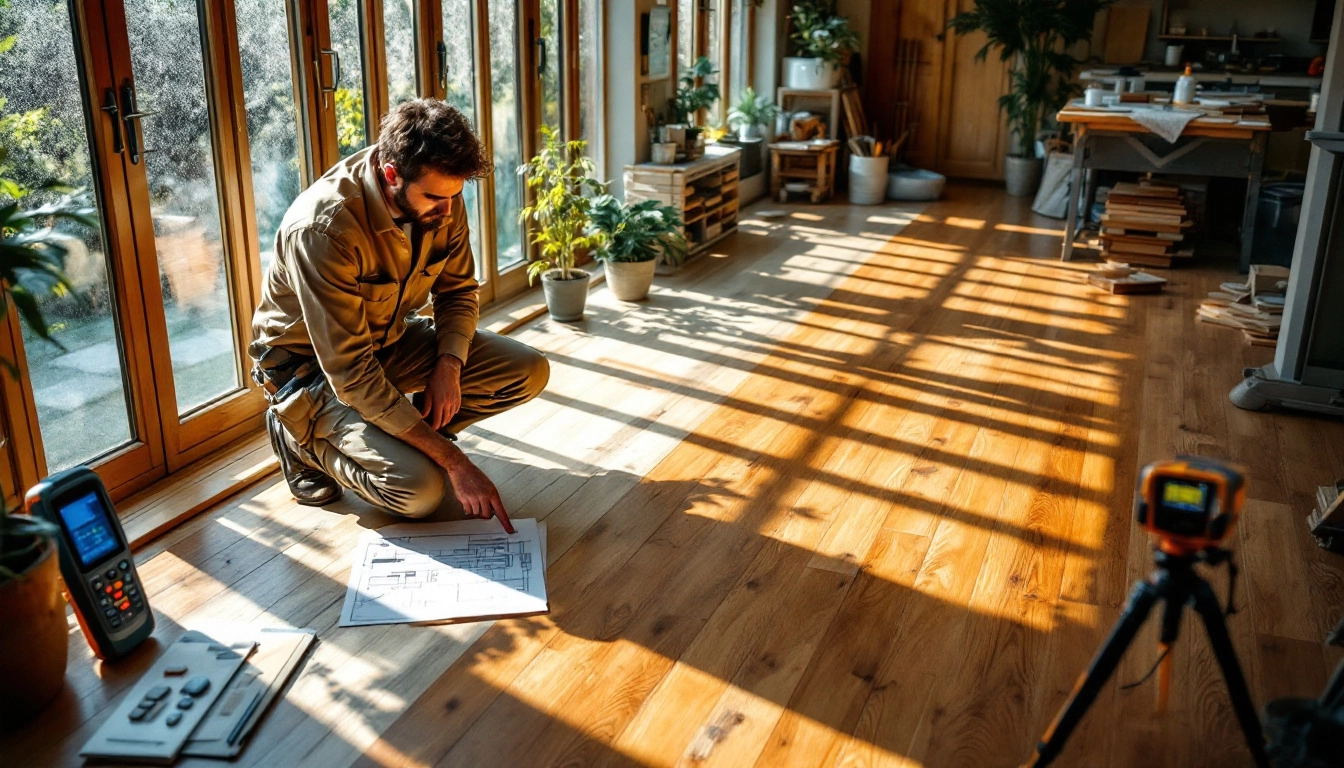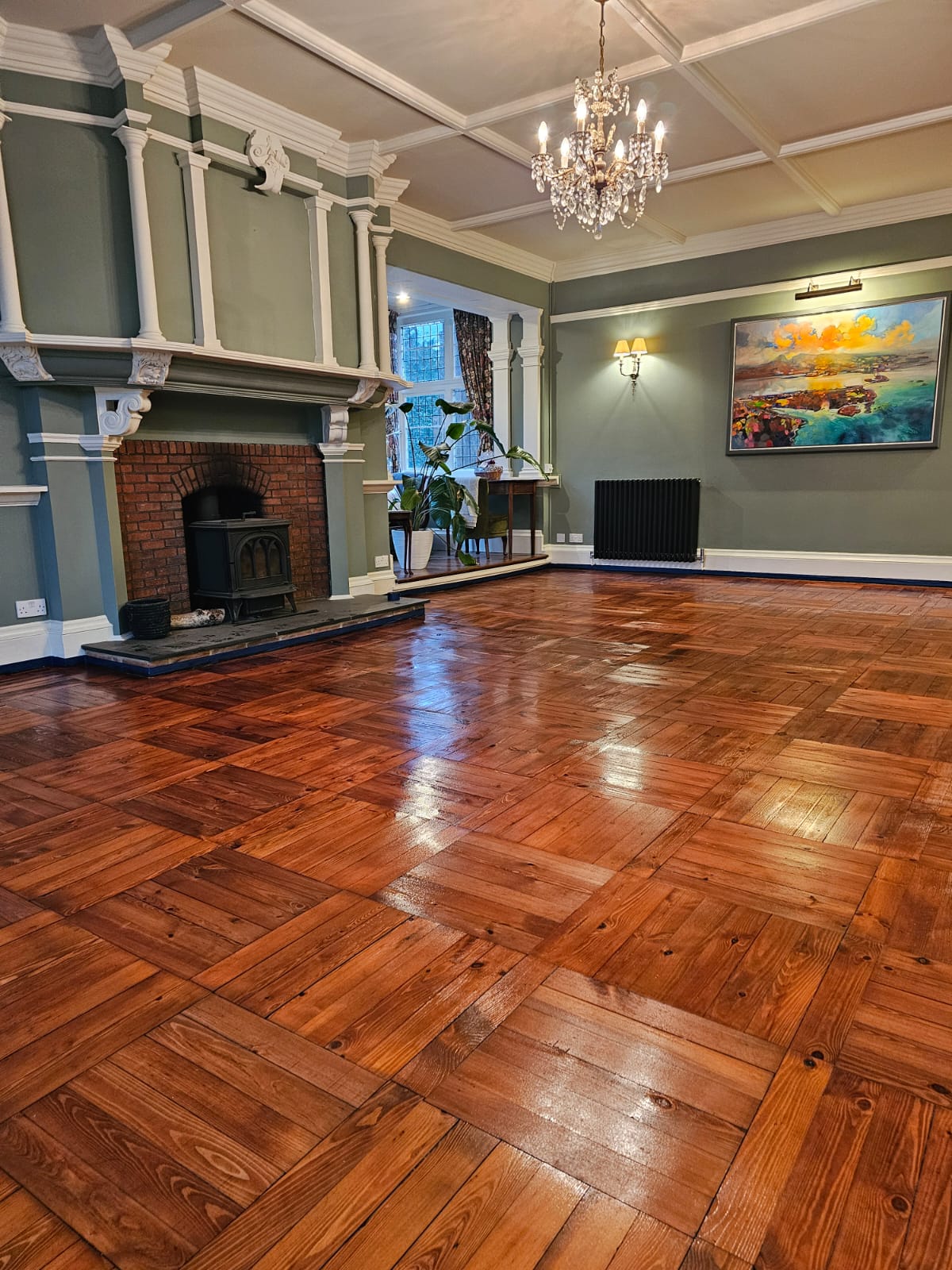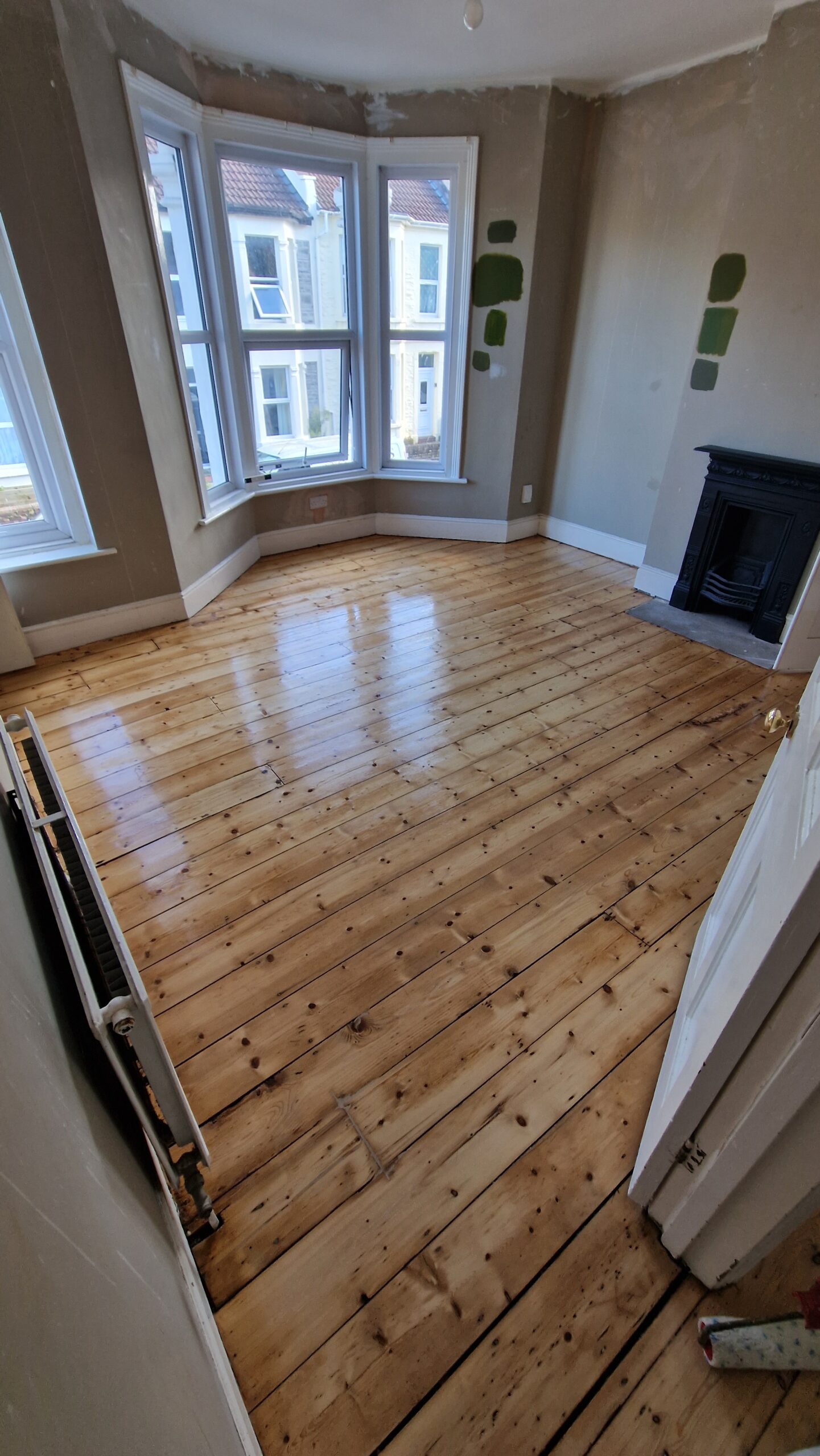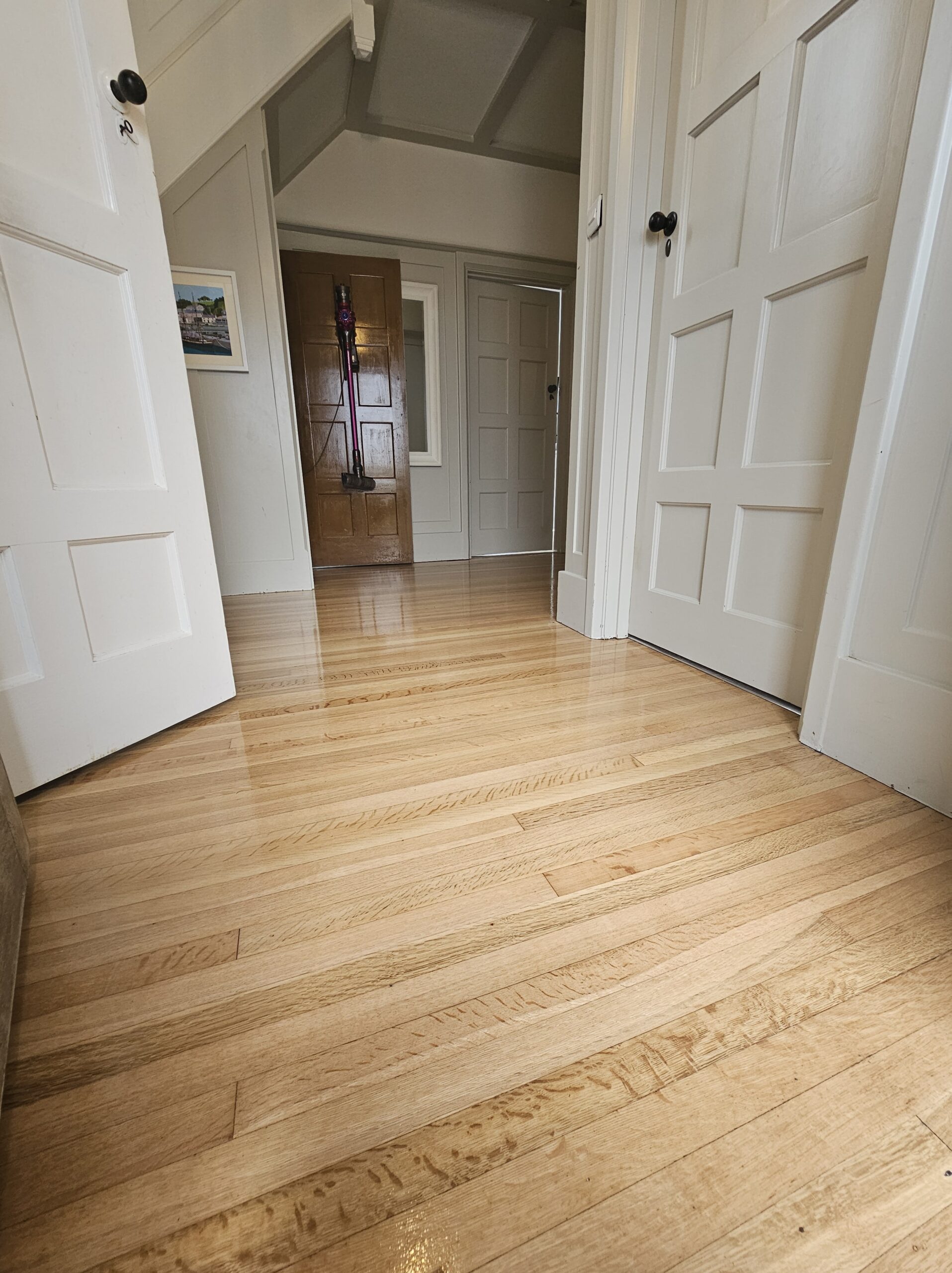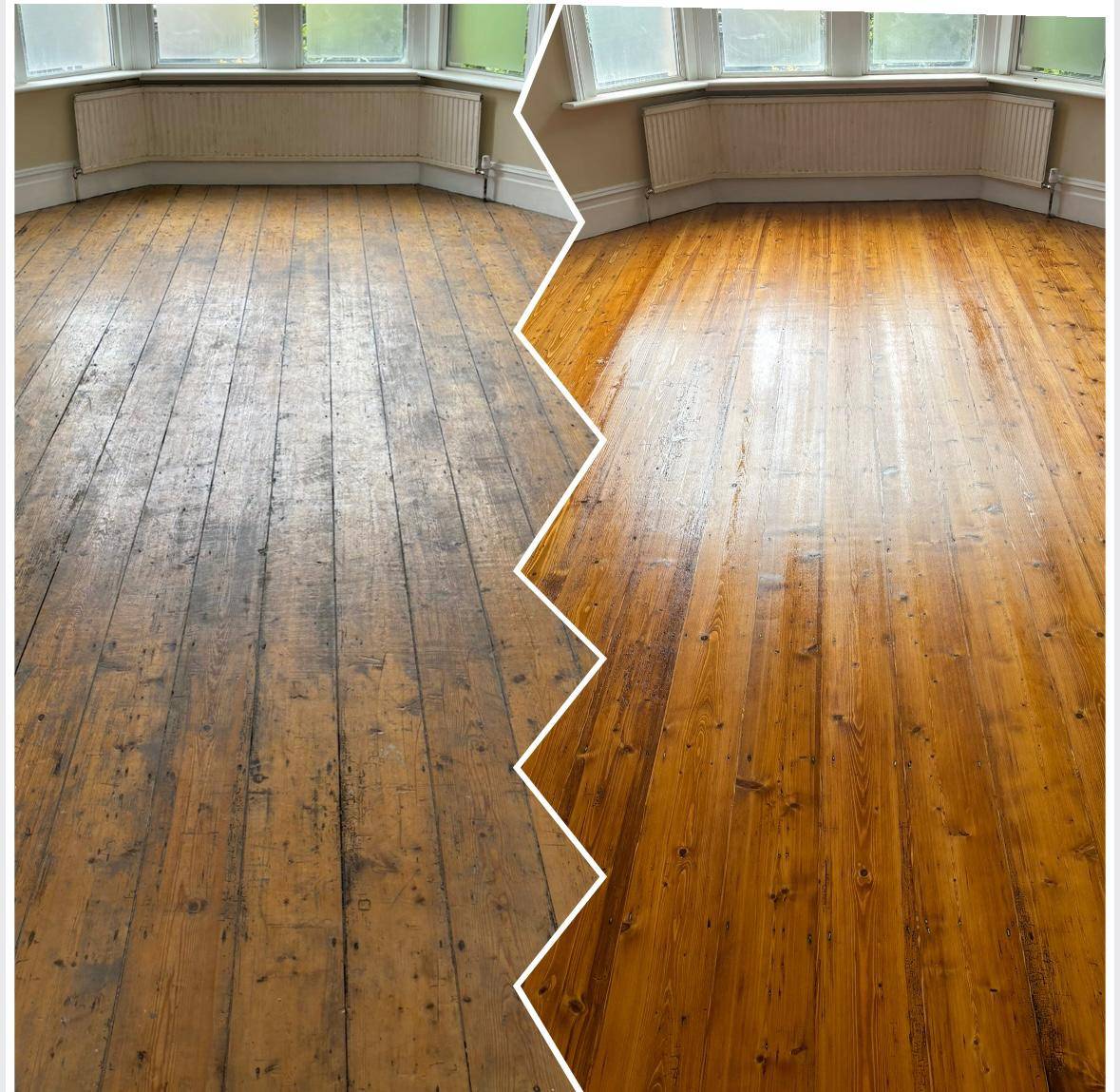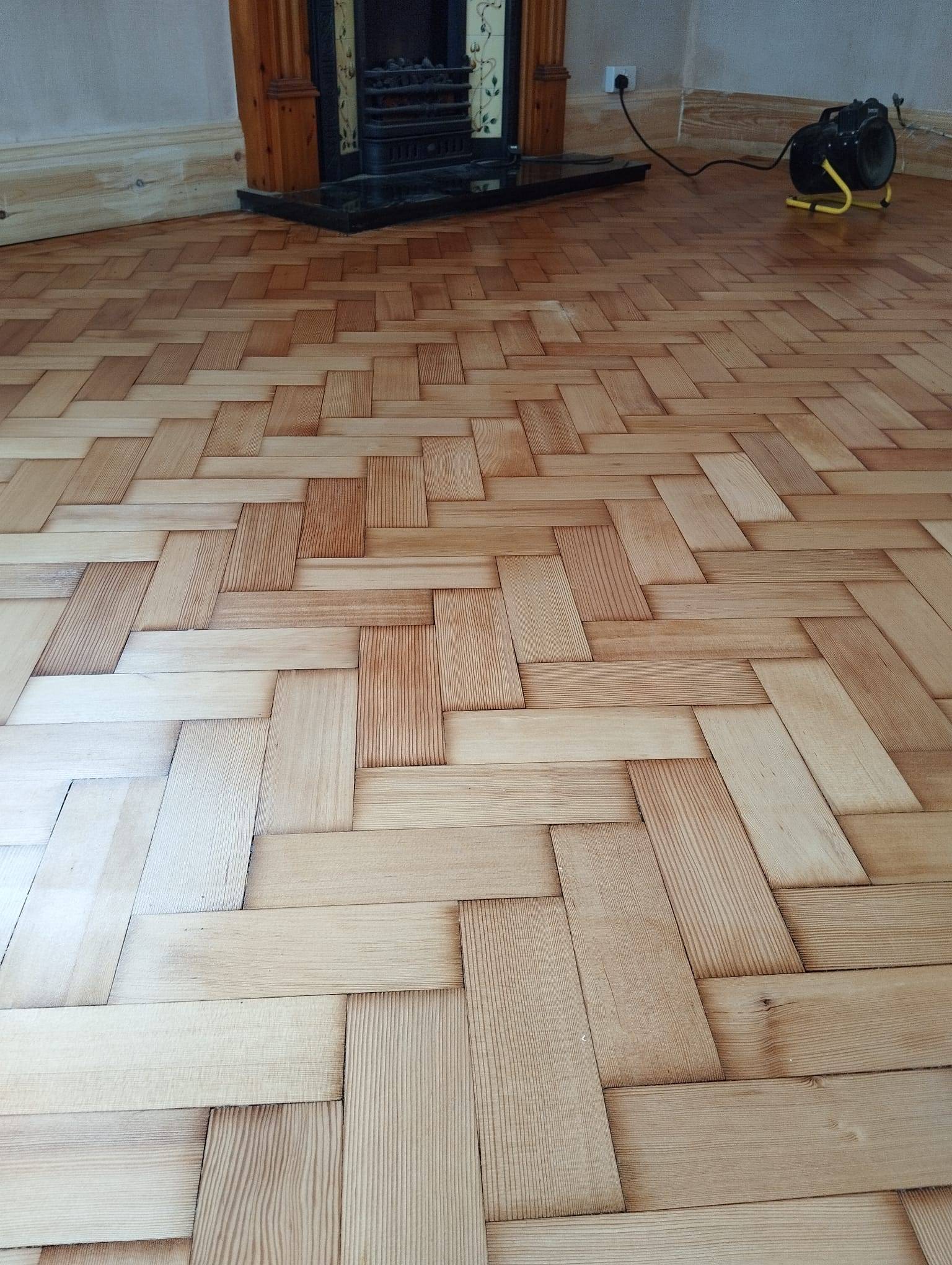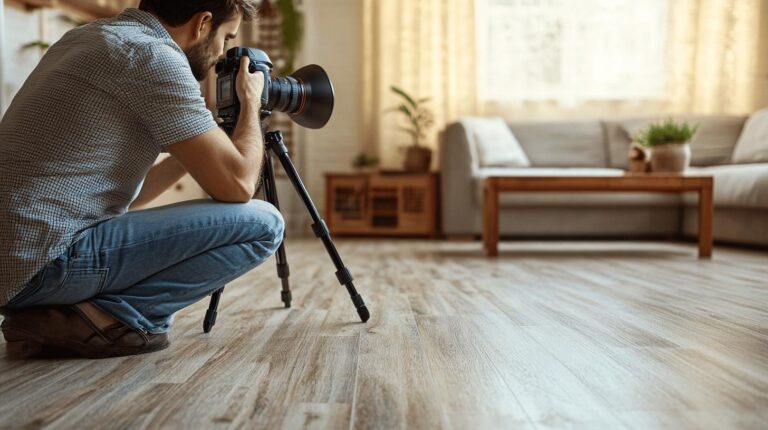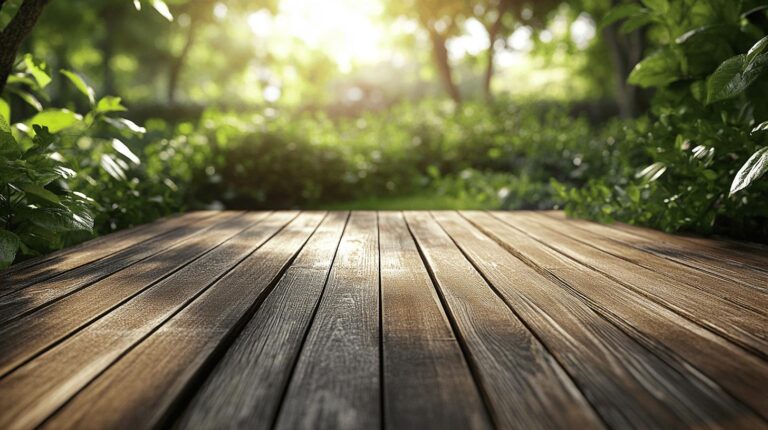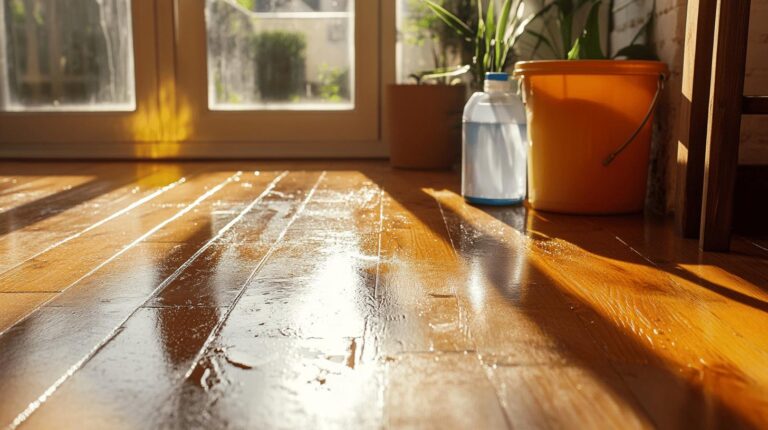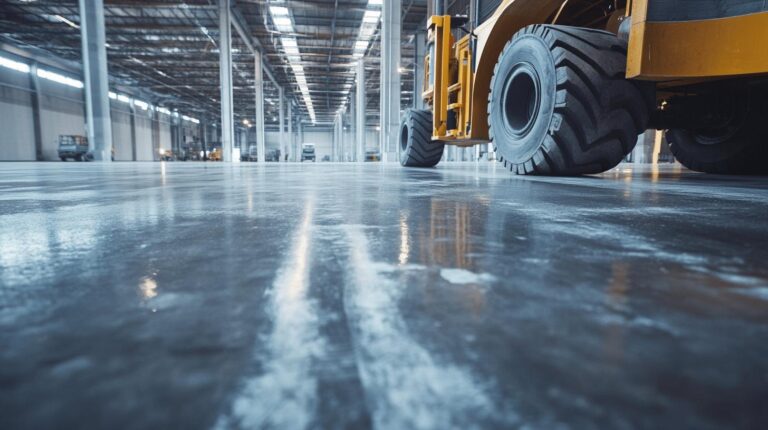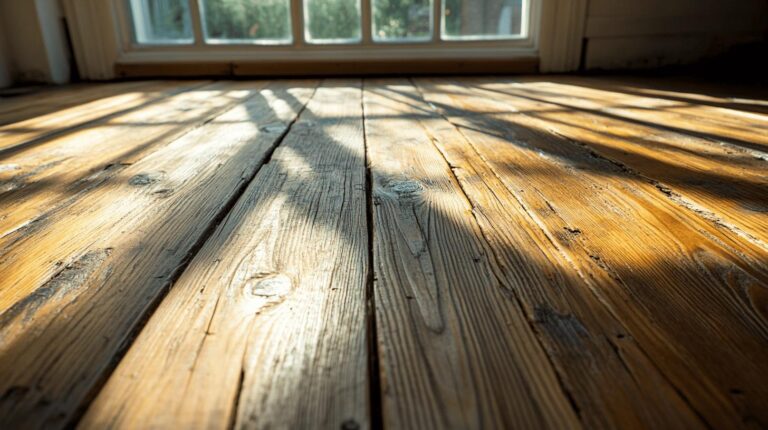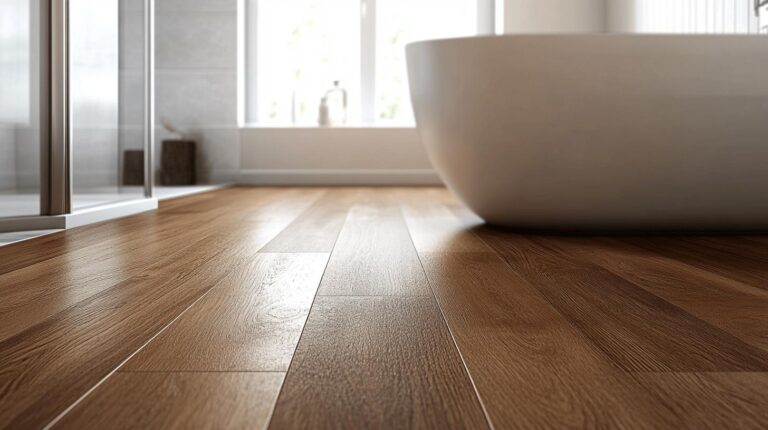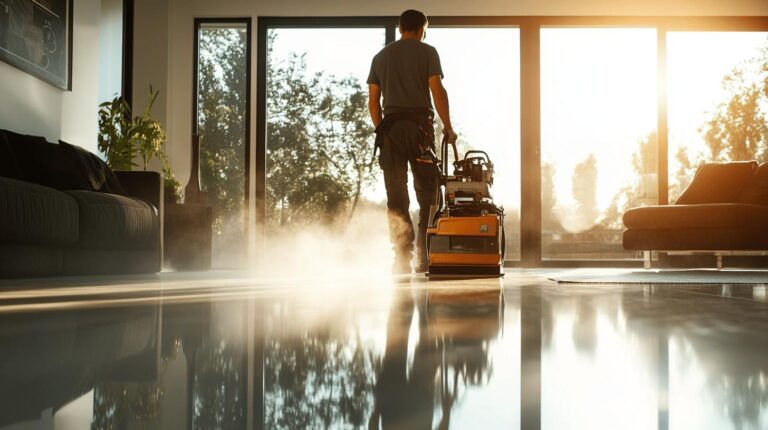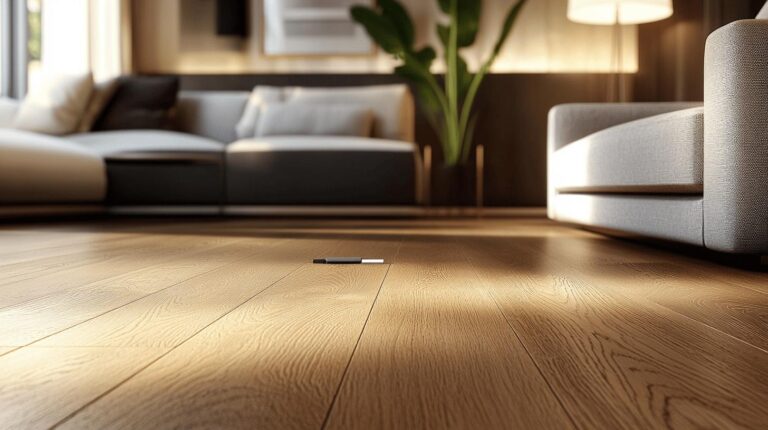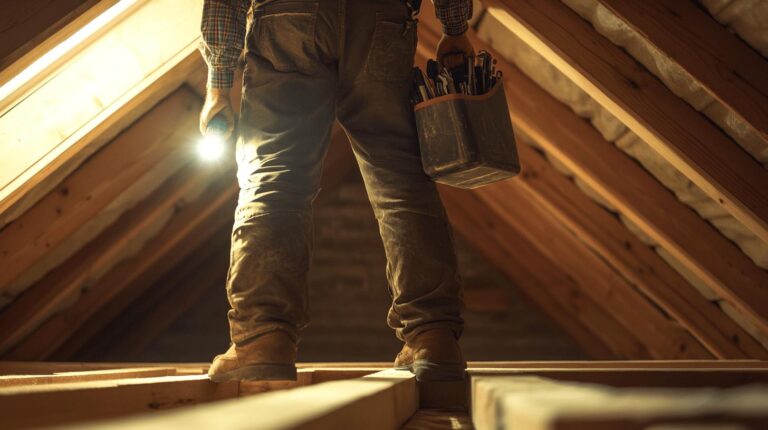Have you ever wondered how the changing seasons influence your impeccably restored wood floors? Wood floors, much like a living element in your home, respond dramatically to climatic shifts, absorbing and releasing moisture as temperatures and humidity levels fluctuate. This guide unveils the secrets to maintaining your wood floors year-round, ensuring they remain as stunning as the day they are finished. By understanding the seasonal impacts and implementing strategic maintenance, you can protect your investment, maintain its aesthetic appeal, and ensure its longevity through every season.
Understanding Seasonal Effects on Restored Wood Floors
Wood floors are inherently hygroscopic, which means they have the natural ability to absorb and release moisture based on environmental conditions. This characteristic makes them susceptible to changes in humidity and temperature throughout the year. As the moisture content in the air fluctuates, wood floors expand and contract, which can lead to gaps, cupping, or even warping if not properly managed. Understanding the hygroscopic nature of wood is crucial for anticipating and mitigating potential issues that arise from these seasonal changes, which is why professional wood floor restoration is essential.
The impact of seasonal changes on wood floors varies significantly depending on the climate and time of year. During the warmer months, increased humidity can cause wood floors to swell, while colder, drier months can lead to contraction and gaps between planks. This expansion and contraction cycle is particularly pronounced in regions with distinct seasonal variations. In addition to humidity, temperature changes can also affect the wood’s finish, potentially leading to fading or discolouration when exposed to direct sunlight during the summer.
Recognising the effects of seasonal changes is essential for maintaining the integrity and appearance of restored wood floors. By proactively managing humidity levels and employing appropriate protective measures, homeowners and businesses can safeguard their floors against the adverse impacts of climate fluctuations. Regular inspections and maintenance ensure that wood floors remain beautiful and durable throughout the year, regardless of the season.
Spring Maintenance for Restored Wood Floors
After the winter months, restored wood floors require a thorough cleaning to eliminate dirt and debris that may have accumulated. This process is crucial for maintaining the floor’s aesthetic appeal and structural integrity. Addressing scratches and dullness is also essential to preserve the floor’s finish. Minor scratches can often be repaired with touch-up products, while a deeper clean may necessitate professional attention. Regularly cleaning and repairing your floors will prevent further damage and ensure they remain in top condition.
- Microfibre mop for dust and debris removal
- pH-neutral wood floor cleaner for safe cleansing
- Scratch repair kit for minor blemishes
- Floor buffer for enhancing shine
- Soft cloths for gentle application of cleaning products
To rejuvenate your floor’s finish, consider applying a new coat of sealant or wax. This not only restores the floor’s original lustre but also provides a protective barrier against future damage. Using a floor buffer can enhance the shine, giving your wood floors a refreshed appearance. It’s important to choose products that are compatible with your floor’s finish to avoid any adverse effects. Regular maintenance, including gentle polishing and the application of protective coatings, will ensure your restored wood floors remain beautiful and resilient throughout the year.
Summer Protection Strategies for Wood Floors
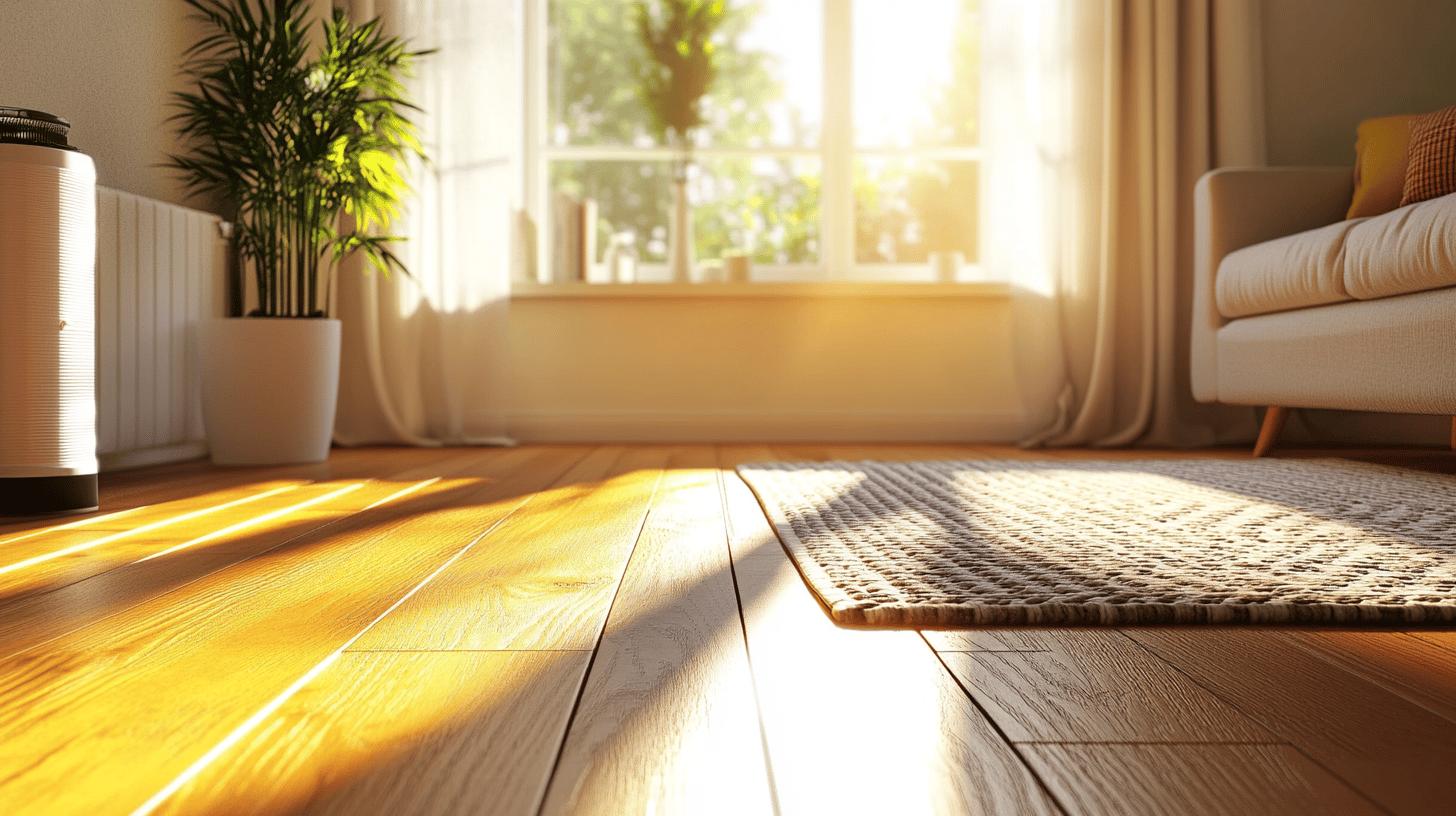
Summer presents unique challenges for wood floor maintenance due to increased foot traffic, humidity, and the potential for sun damage. High humidity levels can lead to the expansion of wood planks, causing buckling or warping if not properly managed. Direct sunlight, on the other hand, can fade the finish of wood floors, leading to discolouration and diminished aesthetic value. To prevent these issues, it is essential to implement protective measures that address both humidity and UV exposure during the warmer months.
Using rugs and curtains can provide an effective solution for protecting wood floors in the summer. Placing rugs in high-traffic areas helps to diminish wear and tear from increased footfall. Additionally, rugs can absorb moisture and dirt brought in from outside, reducing the risk of scratches. Curtains or blinds should be used to limit direct sunlight exposure, which can cause fading and damage over time. By strategically positioning these protective elements, homeowners can significantly extend the lifespan and appearance of their wood floors.
Maintaining Ideal Indoor Humidity Levels
To sustain optimal humidity levels indoors, it is advisable to use a dehumidifier. Dehumidifiers help maintain a consistent environment by removing excess moisture from the air, preventing the expansion of wood floors. Monitoring indoor humidity with a hygrometer ensures levels remain between 35% and 55%, the ideal range for wood floor preservation. Additionally, air conditioning systems can assist in regulating both temperature and humidity, providing further protection against seasonal changes. Selecting the right protective coatings is another important consideration for safeguarding wood floors during summer. UV-resistant finishes can be applied to reduce the detrimental effects of sun exposure and enhance the floor’s durability. These coatings not only protect against fading and discolouration but also offer a barrier against moisture, reducing the risk of expansion and contraction. When selecting a finish, it is crucial to choose a product compatible with the existing floor type to ensure maximum efficacy and longevity.
Autumn Preparations for Wood Floor Durability
Autumn is a pivotal time for wood floor care, as it provides an opportunity to prepare for the harsher conditions of winter. Ensuring that floors are clean and free from debris is crucial in preventing scratches and maintaining the floor’s integrity. Dust and small particles can act like sandpaper underfoot, causing damage to the finish and the wood itself. Regular sweeping and vacuuming are essential to remove this debris. Additionally, addressing any existing scratches or blemishes during autumn will prevent further deterioration during the colder months when wood contraction can exacerbate these issues.
- Apply a sealant to protect against moisture.
- Use wax to enhance the floor’s natural sheen.
- Install protective mats at entrances.
- Conduct a professional inspection for potential repairs.
Preparing wood floors in advance of winter by employing these preservation techniques can significantly extend their lifespan. Applying a sealant or wax adds a protective layer, helping to repel water and prevent damage caused by the seasonal increase in moisture. Protective mats at entryways serve as the first line of defence against dirt and moisture brought in from outside. By conducting these maintenance tasks in autumn, homeowners can ensure their wood floors remain resilient and attractive throughout the winter months, avoiding costly repairs and preserving their aesthetic appeal.
Navigating Winter Challenges for Wood Floors
Winter brings unique challenges for maintaining wood floors, primarily due to moisture, snow, and salt. These elements can cause significant damage if not managed properly. Moisture from melted snow and ice can seep into the wood, leading to warping and swelling. Salt used for de-icing can leave abrasive residues that scratch and dull the floor’s finish. Additionally, the cold, dry air typical of winter months can cause the wood to shrink, creating gaps between planks. Addressing these hazards promptly is essential to protect the integrity of your wood floors.
Entry mats are a simple yet effective solution for minimising winter-related damage. Placing mats at all entrances helps to trap dirt, moisture, and salt before they reach the wood floors. It’s crucial to clean up any spills immediately to prevent water damage. Use a damp mop or cloth to wipe away residues, and ensure the area is dried thoroughly. By implementing these preventative measures, you can significantly reduce the risk of winter damage to your floors.
- High-quality entry mats
- Microfibre mop for spill cleanup
- pH-neutral wood floor cleaner
- Humidity control devices (e.g., humidifiers)
- Protective floor sealant
Professional assessments are invaluable for ensuring the long-term health of your wood floors, especially during the challenging winter months. Ryan’s Restoration offers expert advice and services tailored to your specific needs. Their comprehensive evaluations can identify potential issues early, allowing for timely interventions that prevent extensive damage. By investing in professional care, you can maintain the beauty and durability of your wood floors, even in the harshest winter conditions.
Year-round routine Care for Wood Floors
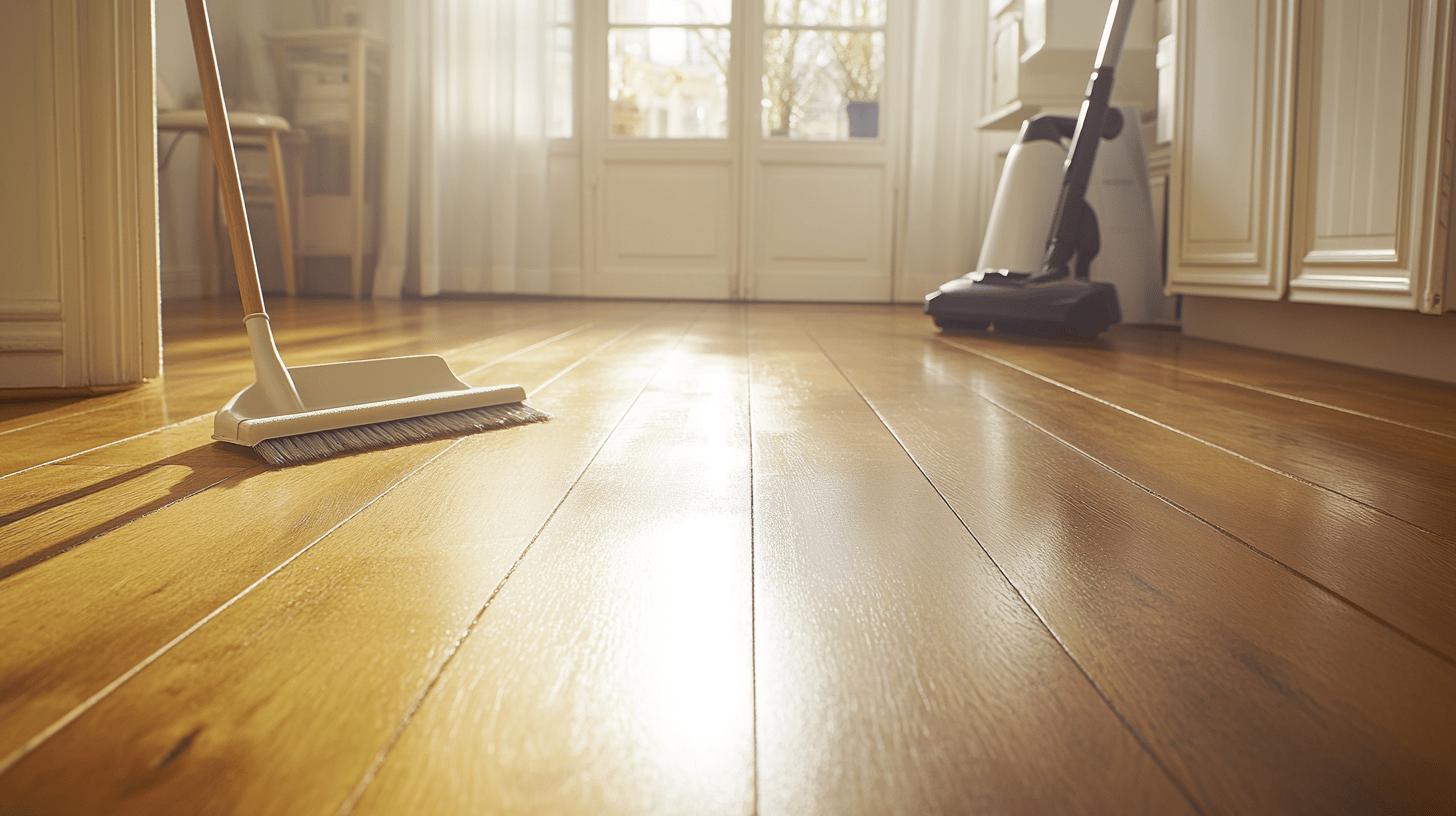
Consistent care is crucial for maintaining the beauty and longevity of wood floors throughout the year. Regular maintenance prevents common issues such as scratches, dullness, and warping, ensuring that the floors remain in excellent condition. Daily attention, coupled with periodic deep cleaning, helps to address the wear and tear that naturally occurs over time. This proactive approach not only enhances the floor’s appearance but also extends its lifespan, making routine care an essential component of wood floor maintenance.
- Daily: Sweep or dust mop to remove dirt and debris.
- Daily: Use a microfibre cloth to wipe up spills immediately.
- Weekly: Vacuum with a soft-bristle attachment to reach crevices.
- Monthly: Damp mop with a pH-neutral cleaner.
- Monthly: Inspect for scratches and touch-ups as needed.
- Annually: Conduct a professional assessment for deeper cleaning or refinishing.
Choosing the right cleaning products and techniques is vital in preserving wood floor shine and preventing damage. Opt for pH-neutral, wood-specific cleaners to avoid harsh chemicals that can strip the floor’s finish. When mopping, use minimal water to prevent warping and swelling of the wood. Employing soft, non-abrasive tools like microfibre mops and cloths further ensures that the floor’s surface remains unmarred. By adhering to these guidelines, homeowners can maintain the lustre and durability of their wood floors year-round.
Final Words
Successfully maintaining restored wood floors requires an understanding of the seasonal changes that affect them. With their hygroscopic nature, these floors need tailored care throughout the year to ensure longevity.
Spring demands rejuvenation, addressing winter’s damage, while summer focuses on protection against humidity and sun exposure. Autumn is the time for preparing floors for winter challenges, which include moisture and salt management. A consistent year-round routine ensures your floors remain stunning and durable.
Remember, The Essential Guide to Maintaining Restored Wood Floors Through the Seasons empowers homeowners with key strategies to enhance home aesthetics and value. Embracing these practices will keep floors in top condition, regardless of the time of year.
FAQ
How do you maintain reclaimed wood floors?
Maintaining reclaimed wood floors involves regular cleaning and preventing moisture exposure. Use a soft broom to remove debris and apply a wood-safe cleaner for spills. Avoid excessive water, which may cause warping.
How do you take care of hardwood floors in the winter?
Taking care of hardwood floors in winter requires placing mats at entrances to catch moisture and salt. It includes cleaning spills immediately and maintaining indoor humidity levels to prevent wood warping or shrinking.
How do you maintain old wood floors?
Maintaining old wood floors involves gentle cleaning using a soft broom and damp mop. Avoid harsh chemicals and use protective pads on furniture legs to prevent scratching and preserve the floor’s integrity.
How do you care for refinished wood floors?
Caring for refinished wood floors requires avoiding harsh cleansers, using felt pads under furniture, and regularly sweeping to remove dirt. Ensure consistent indoor humidity levels to maintain the floor’s appearance and stability.
